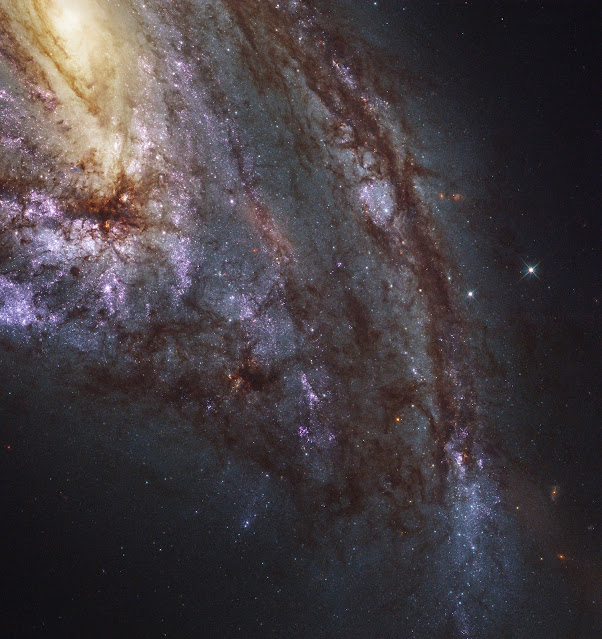Cosmic Wonders: Astronomy Visualizations | Space Telescope Science Institute
Cosmic Wonders presents a stunning series of 18 astronomy visualizations. Each sequence combines Hubble Space Telescope images or research computer simulations with scientific knowledge and insight to create three dimensional visions of awesome celestial sights. These were created by astronomers and artists at the Space Telescope Science Institute (STScI).
Credit: Space Telescope Science Institute (STScI)
Producer: Office of Public Outreach, Space Telescope Science Institute
Editor: Danielle Kirschenblat
Visualization Leads: Greg Bacon, Frank Summers
Visualization Artists: Greg Bacon, Joseph DePasquale, Leah Hustak, Joseph Olmsted, Alyssa Pagan, Frank Summers, Tiffany Borders, Lisa Frattare, Zolt Levay, Dani Player
Visualizations:
The Bubble Nebula: Winds & Radiation from a Massive Star
A Flight Through the CANDELS Ultra Deep Survey Field
A Rose of Galaxies: Interacting Galaxies Arp 273
Sculpture Garden of Gas and Dust: Core of the Lagoon Nebula
Stellar Greetings from Globular Cluster M79
Hickson Compact Group 40: A Flight Through Interacting Galaxies
The Red Bubble: Supernova Remnant SNR 0509-67.5
Exploring the Structure of the Ring Nebula
Star Clusters in Collision
Blast Wave from a Stellar Explosion: Simulation of Supernova 1987A
Eta Carinae: The Great Eruption of a Massive Star
A Horse of a Different Color: The Gaseous Landscape of the Horsehead Nebula in Infrared
Celestial Fireworks: Star Cluster Westerlund 2
Flight Through the Orion Nebula in Visible Light
Crash of the Titans: Milky Way & Andromeda Collision
Celestial Snow Angel: Star-forming Region Sharpless 2-106
Flyby of the Whirlpool Galaxy
Cosmic Reef: NGC 2014 & NGC 2020





